The headline shouted, “The U.S. Milk Business Is in Crisis’ .” The Wall Street Journal ran a story on the front of the Marketplace section about how the decline in milk consumption has got dairy farmers, milk processors and grocery chains concerned.
I say welcome to the new normal.
This could be more of a lifestyle issue. Who has time to sit down to a bowl of cereal these days? And who wants to just chug a glass of milk? Chocolate milk is being touted as a great workout recovery drink, but I can’t seem to get myself to do it –seems nasty to me.
Plenty of milk is showing up in lattes and other coffee beverages. In fact, that seems to be the way people are getting their calcium if they aren’t yogurt eaters.
I liked the “Got Milk” ads that ran for years. Many demonstrated when you’d want milk — like eating a peanut butter sandwich or a piece of cake. Still fresh in my mind, the “Got Milk” ad campaign started in 1993. It was created by ad agency, Goodby, Silverstein & Partners (GSP) for the California Milk Processor Board.
The nationwide campaign, which is highlighted in the Journal article slideshow was less effective in my opinion. I never really believed the whole celebrity with milk mustache thing. No way that wasn’t Photoshopped!.
Where GSP jumped the shark was with the newer ads that talk about imitation milk.
The game show is annoying and they made me think about something that wouldn’t cross my mind — that milk may have chemicals in it.
Maybe the aim was to make the viewer prefer “regular” milk over soy or almond. Instead, it made me look at a glass thinking, am I chugging chemicals? How do I know for sure? Water is less expensive, so what the heck.
Hint: Make milk relevant again. Stay away from the fear stuff (chemicals).
Give me a reason to work it into my diet. And don’t bash other beverages.
*****
As for dairy farmers. It is time to adjust to the new normal.
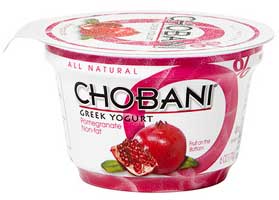
In June of 2012, The Wall Street Journal had a story about the growing popularity of thick Greek-style yogurt and how the owner of the Chobani factory in central New York was having problems getting enough milk to keep increasing production. The article did a great job explaining how “a complex structure has grown up around milk in order to protect farmers from price swings and ensure that milk ends up somewhere.”
The federal government sets minimum prices for milk in much of the country, including upstate New York. Farmers rarely sell directly to factories. Instead, they form cooperatives which then sell their milk through dairy marketing firms—something experts and some farmers say reduces incentives for individual farmers to produce more.
***
Seems like the government and these marketing firms need to adjust to the new normal too.
###
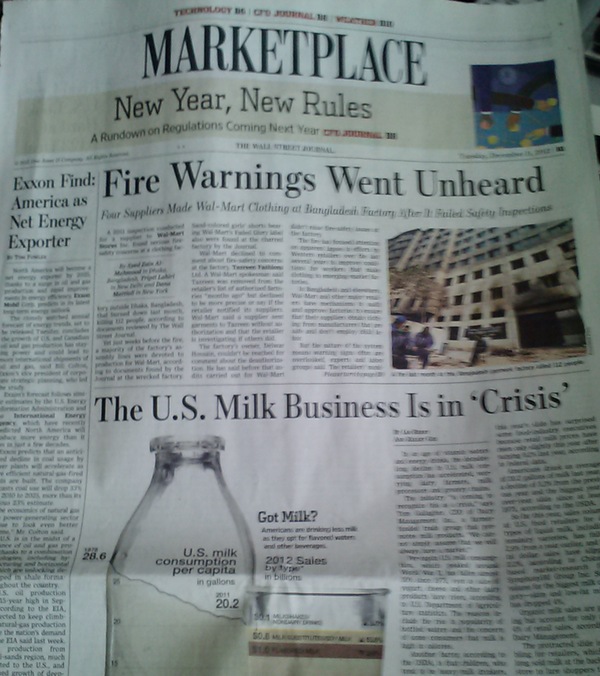
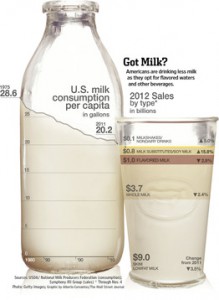
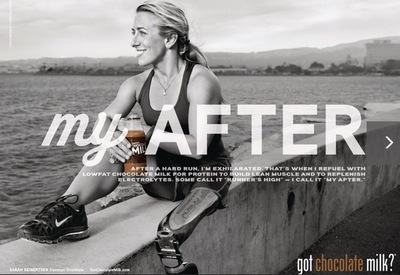
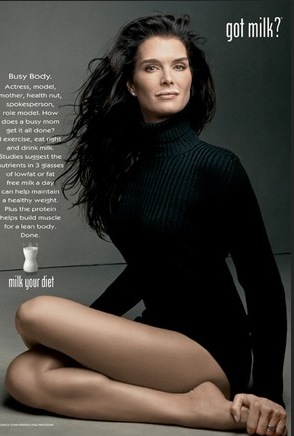
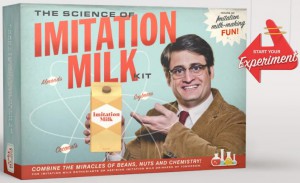


















Speak Your Mind